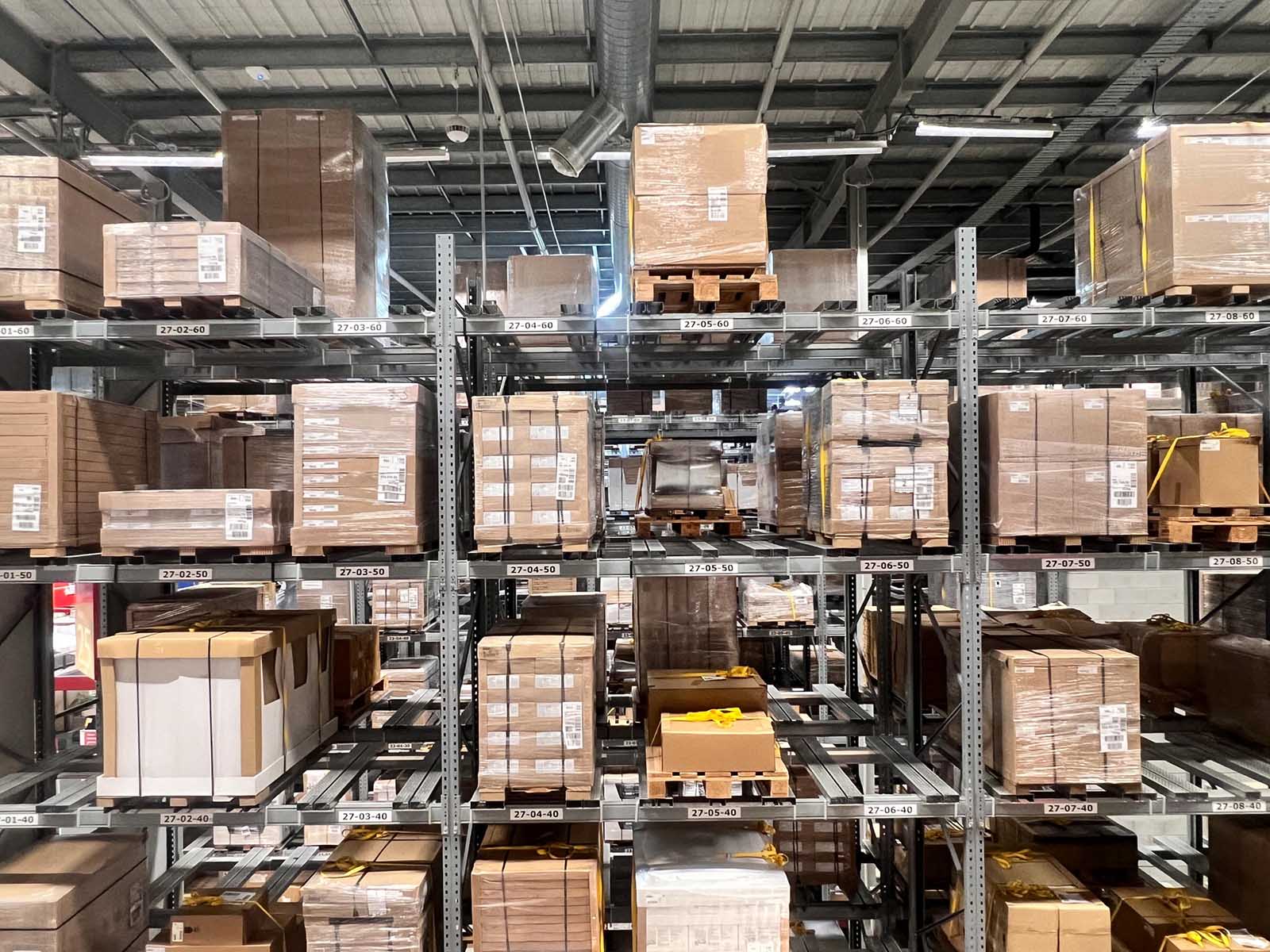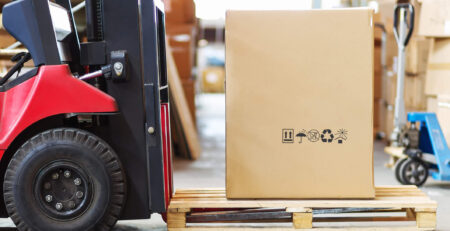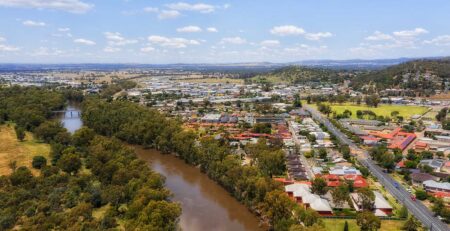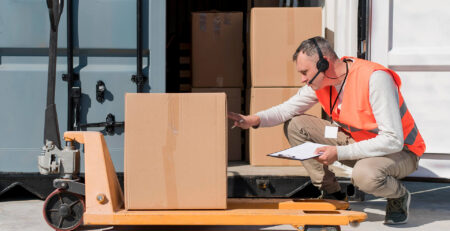In Australia’s freight and logistics industry, how you package and move your goods is a major part of how smooth (or how costly) your operations will be. One of the most common, efficient, and reliable ways to move items around the country is through pallet transport in Australia.
If you’ve ever received a bulk delivery, chances are, it arrived on a pallet. And if you’re a business moving anything from fragile electronics to packs of cement, knowing how pallet shipping works and how to choose the right pallet can save you time, money, and many logistics headaches.
What is Pallet Transport?
Pallet transport in Australia refers to the use of wooden, plastic, or other material-based platforms (called pallets) to secure goods during shipment. Goods are wrapped tightly to the pallet using plastic film, keeping everything in place. From there, forklifts or pallet jacks are used to load and unload them.
This system makes it way easier for freight companies to handle the load and dramatically cuts down the chance of damage, especially when you’re dealing with fragile items like home appliances, food, furniture or heavy things like cement.Whether you’re in Sydney, Melbourne, or any regional area, palletised freight remains one of the most efficient ways to move goods.
Types of Pallets Used in Australia
In Australia, the freight and logistics industry mainly relies on three types of pallets.
- Australian Standard Pallets: These are the classic 2-way entry brown wooden pallets. These types of pallets are built to local specs and easily handled with forklifts. Many business owners prefer them for interstate pallet freight because they are accepted nationwide.
- CHEP Pallets: Recognised by their blue colour, these are available in both wood and plastic. They’re 4-way entry, meaning forklifts can lift them from any side. They are also handy for tight warehouse spaces.
- Loscam Pallets: Usually red, Loscam pallets can be 2-way or 4-way and are made of wood. Like CHEP, they’re made to specific industry standards, so compatibility and safety aren’t an issue across New South Wales or even when moving goods into other states.
These types are all designed with forklift access in mind, and they’re widely accepted by carriers across the country. You can also get secondhand standard pallets that have been repaired and inspected if you want a more budget-friendly and eco-conscious option.
Wooden Vs Plastic Vs Metal Pallets
These are the primary pallet materials used for pallet shipping in Australia:
Wooden Pallets
Wooden pallets are by far the most common in Australia. They’re affordable, easy to repair, and made from a renewable resource: pinewood. Most standard Australian pallets are made this way. Here’s why people love them:
- They’re cost-effective, especially for bulk use.
- They can be recycled, repurposed, or even used as fuel.
- They’re surprisingly good at absorbing bacteria, which is a big win for transporting fresh produce.
But they’re not perfect. Wood pallets can absorb moisture, which might lead to warping or mould. Plus, they’re heavier than plastic, and pests can be an issue if they’re not treated properly.
Plastic Pallets
Plastic pallets are cleaner and more durable over time. They’re ideal for industries where hygiene is non-negotiable, e.g., food, medicine, and pharma. Their benefits include:
- Lightweight design, which lowers freight costs.
- Easy to clean and resistant to moisture, chemicals, and bacteria.
- Long lifespan due to tough material that doesn’t splinter or rot.
Still, plastic pallets come with a higher price tag. And while they’re strong, they can become brittle under extreme temperatures or crack under very heavy loads. Also, some types aren’t recyclable, which can be a downside if you’re chasing sustainability goals.
However, for sensitive products being shipped between states, like pallet transport from Sydney to Melbourne, the cleanliness of plastic pallets can outweigh the cost.
Metal Pallets
Metal pallets are built like tanks. They are super tough, highly durable, and perfect for heavy-duty industries like automotive and metal manufacturing.
They’re:
- Incredibly strong and built to carry serious weight.
- Fire-resistant, which is ideal for high-risk environments.
- Not affected by extreme heat or cold.
The flip side, however, is that they’re heavy, costly, and can rust if not properly treated. So, unless your goods absolutely require metal, most businesses stick to wood or plastic for pallet transport in Sydney and beyond.
Australian Standard Pallet Size
If you’re doing business in Australia, you need to know this number: 1165mm x 1165mm. That’s the official size of the Australian Standard Pallet.
This size is known as 2-way pallets, meaning they can be accessed from the front and back with a forklift or pallet jack.
They typically weigh between 10kg and 30kg, depending on whether they’re light-duty or heavy-duty versions:
- Lightweight: Handles up to 500kg
- Medium: Handles up to 1000kg
- Heavy-duty: Handles over 1000kg
This size is used across most warehouses, racking systems, and transport vehicles in the country. If you’re ordering new pallets or reusing old ones, sticking to this size makes everything easier and safer, especially when coordinating interstate pallet freight through major freight corridors.
Work With Ontime Pallet for Premium Pallet Solutions
Whether you’re running a warehouse, handling bulk orders, or just trying to get your products from A to B without damage or delay, it helps to have someone who knows the ropes.
On Time Freight Management has been helping Australian businesses like yours move freight smarter, safer, and more efficiently for years. From finding the right pallet solution for your load to handling the transport end-to-end, we make sure your goods arrive exactly as they should.
Get in touch with us today for a tailored pallet transport solution that’s perfect for your bottom line.








